Ctenanthe Oppenheimiana (Never Never Plant) is a bushy perennial plant found mainly in tropical forests in Northeast Brazil. It also goes by the trade name Ctenanthe’ Compactstar’. This herbaceous plant with variegated leaves belongs to Marantaceae (Prayer plant family). It is also known as ‘the prayer plant’ as it curls up its leaves at night and unfurls them in daylight.
The leaves of this exotic plant are pointed, lance-shaped, and have a green base with white stripes, while the underside is dark red to purple (thus the name Tricolor). The arrangement of foliage is alternate, and the flowers are inconspicuous.
Other common names of Ctenanthe Oppenheimiana are Giant Bamburanta, and the Brazilian Snow Plant. It is also commonly mistaken and sold under the name Setosa Compact Star or Calathea ‘Compact Star’.
Its height varies between 0.5-1 meters (3.3 feet tall). However in ideal conditions it can reach about 5 to 6 feet tall and lance shaped leaves can grow about 30 cm long and 10 cm wide. If you are looking for a easy to care for, vibrant and lovely addition to your house, this aesthetically pleasing Giant Bamburanata is the best option.
Previously also known as:
- Calathea Oppenheimiana
- Maranta Oppenheimiana
- Phyllodes Oppenheimiana
Allied Species: Ctenanthe Lubbersiana, Ctenanthe Burle-Marxii, Ctenanthe Setosa Grey Star, Ctenanthe Marantifolia, Ctenanthe Setosa
Habitat & Ecology
| Botanical Name: | Ctenanthe Oppenheimiana |
| Family Name: | Marantaceae |
| Common names: | Giant Bamburanta, Never Never plant |
| Plant type: | Tropical perennial plant |
| Origin: | Rainforests of Brazil |
| Height: | 5-6 Feet |
| Humidity: | (50%-70%) Medium to high humidity |
| Temperature: | 55-85°F |
| Light Requirements: | Medium to Bright, indirect light |
| Growth Habit: | Rhizomes, Upright |
| Toxicity: | Kids and pets safe |
Care Guide for Ctenanthe Oppenheimiana
Growing an exotic plant in your house might be challenging, but this care guide is all you need to ease your way to nurture this plant. These plants can be grown indoors and outdoors in shady places like Patios.
This guide describes ideal growing conditions such as temperature, humidity, soil texture, fertilizer application, light availability, watering pattern, and how often you should repot it. Similarly, the issues like pest attacks, toxicity, and potential diseases to which this plant is susceptible are also addressed here. So, keep reading to know!

Bringing Ctenanthe Compact Star Home
These plants are easy to grow at home; however, you must thoroughly inspect them before placing them with other houseplants. If there are signs of pest or any fungal or bacterial infection, isolate it and take necessary actions.
Don’t situate it where there is a heat source or direct sunlight. Make sure your place is humid and shady. Keep a check on temperature and humidity. If you can help it survive for the first few days, welcome to the beauty of this aesthetic plant.

When to Water Giant Bamburanta ?
Ctenanthe, when grown indoors, are a bit sensitive when it comes down to the soil’s moisture level. Watering depends upon the weather, humidity, light availability, and temperature of the place they are kept. Being a rainforest plant, it has a never-ending love for consistently moist soil. Don’t let the soil dry out completely; otherwise, it can get waterlogged quickly if it stays soggy.
Water your pots only when the upper two inches of the soil are dry. You can stick your finger down in the soil up to your middle knuckle; if feels dry, then water your plant. Moreover you can use a moisture meter or sensor to check the moisture in the soil. The pots must have proper drainage so that no water stays in them. Empty the water drips regularly.
You’ve to focus on the water requirements of Ctenanthe Oppenheimiana as it may damage severely if you water it too little or too often. Water shortage may result in dehydration, while excessive watering may cause waterlogging. Moreover, irregular watering can cause the browning of the tips of the leaves.
If the plant is suffering from dehydration, you may notice the symptoms of dry curled leaves, distorted growth, and yellow spots on leaves. In waterlogging, the plant develops stem collapse, root rot, certain leaf diseases, and even death due to an extreme shortage of oxygen.
For watering, use filtered or distilled water as the fluorides and chlorides present in tap water might harm the plants. If you use tap water, let it rest for 24 hours before application so the minerals may settle down.

Light Requirement of the Ctenanthe
Ctenanthe Oppenheimiana prefers medium to bright indirect light as they are used to that forest canopy of the jungles in Brazils. These plants grow on the forest floor, where they don’t get bright light. For Giant Bamburanata to grow appropriately, put it near a window with curtains. It helps the plant get filtered light to develop its characteristic vibrant hues.
Situate your Never Never Plant near windows facing east or north. Shady places need less moisture to keep up with life, while properly lit areas need more water.
Too much exposure to the sun can cause dry and scorching leaves, ultimately becoming dull-colored. Low light intensity may cause them to be devoid of their silver or white bands and the growth hindrance. Moreover, the plant will become less bushy and leggy and have long stems extending for light.
The leaves of the Never-Never plant show nyctinasty, i.e., responding toward the change in light. Therefore, they curl and uncurl according to night and daylight, respectively.
If you don’t have any bright spot in your house you might need grow lights to provide the required amount of light.

Humidity and Temperature requirement for Giant Bamburanta
Never-never plant grows best in relatively humid and warm surroundings, so giving them a moderate to a high level of humidity will be perfect for this Never Never Plant. If you want it to thrive well, provide a stable and moist environment. The margin and edges of leaves turn brown and curl up in a relatively less humid climate. The new leaves turn yellow.
For better growth, keep the humidity level up to 50%. To maintain moisture level, keep misting the leaves over time and provide ventilation. Moreover, you can use a plant humidifier or pebble tray or group your plants to achieve the desired humidity for this plant.
Ctenanthe grow in a warm, humid environment in the tropical rainforest, but indoors it survives only within a narrow range of temperature. The ideal temperature range for this plant is 55-85 degrees Fahrenheit. If the temperature goes below 55 or above 85, your Tricolor is in danger.
A single blow of frost can damage it to an irreparable extent. Keep a digital thermometer to check the range of temperature.

What Type of Soil is Best Suited for Growing Ctenanthe Oppenheimiana?
The Giant Bamburanata grows best in moist, chunky well-draining soil. But if the soil is soggy with poor drainage, the plant becomes vulnerable to root rot due to water logging. To get rid of this situation, use a well-draining potting soil mix.
It must contain elements capable of retaining moisture like coco coir, peat, or sphagnum moss, along with those that can help drain excess water out, like perlite, orchid bark, or pumice. To avoid the hassle, you can use African Violet mix to plant your Never, Never Plant.
You can mix 50% Potting soil ( including peat), 20% Orchid bark , 20% Perlite, and 10% Horticultural charcoal to make nutrient-rich soil. It gives your plants proper moisture and drainage.
Alternatively, you can use our recommended products like Perfect Plants Organic Perlite, Oxfarm Ocean Forest Potting Soil, Horticultural Charcoal, and Better-Gro Orchid Moss to add together to make a perfect soil mix for better growth of your Ctenanthe.
Recommended Products

When to Re-pot Your Ctenanthe?
Ctenanthe is a gorgeous plant spreading beautifully along the horizontal plane when grown outside as bedding. This makes it a potential subject to division. If you don’t want to repot your Never Never Plant you can pull out the offshoots and can plant them in separate pots.
But if you want your Ctenanthe to enjoy the full swing, repotting it once a year or two is good. If you observe that the soil doesn’t hold the moisture for long and the roots are peeking out of the drainage hole, it’s a sign that the root is bound and the plant needs repotting. To repot this Brazilian Snow plant, you should :

Propagation of Ctenanthe Oppenheimiana
Never Never plant is propagated through two methods:
- Rhizome/ Offset Division
- Stem cuttings
Rhizome/Offset Division
Division propagation is most successful and common method to propagate the Ctenanthe Oppenheimiana. The best time for this type of propagation is spring. Ctenanthe Oppenheimiana grow on Rhizomes. A fully grown clump develops an offshoot under the soil, which later gives out another shoot- the offset plant. You can separate the offshoot when it reaches a height of almost 8 inches. For offset/rhizome division, follow the step-by-step guide.

How Often Should You Apply Fertilizer?
Never-Never plant appreciates an adequate amount of nutrients being fed to it once in a while. You can boost its growth by applying fertilizer monthly during the spring and summer growing seasons. If you have repotted your plant, don’t give it fertilizer. A diluted houseplant fertilizer is recommended to boost the growth of Ctenanthe since it contains iron for better development.
Applying fertilizers in the winter can cause your plants to have damaged roots. If you are over-fertilizing or the soil is already rich in nutrients or minerals, your plant is at risk of mineral toxicity. Before applying fertilizer, it is advised to check the soil nutrient profile.

Pruning and Maintenance
Ctenanthe Oppenheimiana is a low-maintenance plant. Pruning is only done to eliminate dead and dull leaves and maintain the plant’s size. This trimming is a standard maintenance tactic to keep indoor houseplants tidy and attractive. The beauty of Ctenanthe lies in its stunning leaves, and for new ones to develop, trimming the old dead leaves is crucial. This is nothing to worry about until the plant is shedding its leaves.
For pruning and trimming, imply the sharp pruner so that the stem remains intact and no damage is done to the other leaves. Before making contact with the plant, ensure that the pruner you are using is correctly sterilized so that no germs touch the plant’s skin.

Toxicity
Ctenanthe Oppenheimania is a nontoxic plant and is pet friendly. Due to its bright colors and aesthetic look, your pets might consider it edible. Also, the children might get attracted to its hues. If ingested more than the safe limit, it might cause vomiting or nausea.
So to avoid any ambiguity, you should place it away from the reach of pets and children. It might also cause some allergic reactions, but they are mild to negligible in most cases.

Common Issues faced by Ctenanthe
Pests
Ctenanthe Oppenheimiana faces pests like mealybugs, spider mites, or thirps. Mealybugs are insects that feed on sap, leave behind a sticky fluid on the foliage and weaken their host plant. Symptoms of mealybug attack include white wax over the leaves and black mold. Always inspect the underside of the leaves, and if you find any insects or eggs, you can use an organic spray or insecticides to get rid of pests.
To get rid of mealybugs, you can make the following mixture.
- Take a cotton swap dipped in rubbing alcohol and remove any visible mealy bugs on the plant’s leaves.
- Mix 1 cup of rubbing alcohol with a few drops of dishwashing soap and 1 quart of water.
Spray this solution on the plant leaves. Make sure to spray the underside of the leaves. If you notice any mealybugs in the soil, spray the soil also.
Spider mites are also sap-sucking insects that cause the plant leaves to turn yellow, with dark spots. You will find spider mites under the leaves, where they produce silky white webs. To get rid of spider mites, you can wipe the leaves with Neem oil or spray the plant with the mixture mentioned above.
Leaf Curling
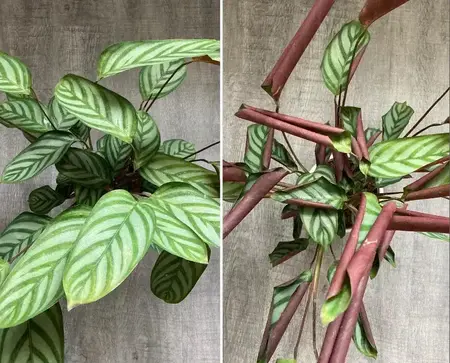
Over-exposure to direct sunlight can cause the leaves to curl up abnormally. If it gets worse, the edges of leaves turn brown, exhibiting symptoms of sun scorch or environmental shock. Moreover, the lack of humidity also causes the curling of leaves.
Shedding of Leaves
If you don’t water your tricolor plant properly, the leaves can dry up severely and ultimately fall off, and the plant body appears naked and unattractive.
Powdery Mildew
It attacks the new plants and appears like a fine white powder leading to yellow leaves and slow growth. Plants become vulnerable to it when they face dehydration. Please trim the affected parts or use a fungicide to avoid this fungal attack.
FAQs
What happens if Ctenanthe Oppenheimiana suffers dehydration?
Dehydration makes the leaves stiff around the margins and ultimately fall off after completely drying away. To redeem the new rhizomes, properly hydrate your plant and regularize its watering cycle.
Can Over-watering damage Ctenanthe Oppenheimiana?
Over-watering can make them susceptible to waterlogging, leading to root rot. The plant shows severe yellowing in leaves, decelerated growth, and roots turning brown at their base.
Is Ctenanthe an indoor plant?
It’s usually grown indoors; however, you can also grow it outside in a shady place. You need to avoid the plant from direct sunlight exposure.
Why is my Ctenanthe drooping?
Ctenanthe Oppenheimiana loves shade and indirect sunlight. When exposed to direct sunlight, its leaves curl up to protect themselves. Moving the plant to shade may result in the unfolding of leaves which may cause a little drooping posture for some time.
Related Posts
Ctenanthe Setosa Compact Star | Never Never Plant Care Tips
Ctenanthe Setosa Compact star has many trade names such as Calathea Setosa, Never-Never plant or Prayer Plant.
Ctenanthe Burle Marxii Amagris | Never Never Plant Care
Ctenanthe (pronounced te-NANTH-ee) Setosa ‘Grey Star’ of the Marantaceae family is an attractive and vibrant plant.
Ctenanthe Setosa ‘Grey Star’ Care and Propagation Guide
Ctenanthe (pronounced te-NANTH-ee) Setosa ‘Grey Star’ of the Marantaceae family is an attractive and vibrant plant.
Ctenanthe Burle-Marxii Amabilis “Fishbone Prayer Plant” Care
Ctenanthe Burle Marxii’s common name is The Fishbone Plant due to the interchanging patterns of dark green strokes that run along its midrib.
Ctenanthe Lubbersiana ‘Bamburanta’ Care Guide
Ctenanthe Lubbersiana, a member of the Marantaceae family, is renowned for its beautiful ovate foliage.Like other prayer plants, the long attractive leaves fold up at night.

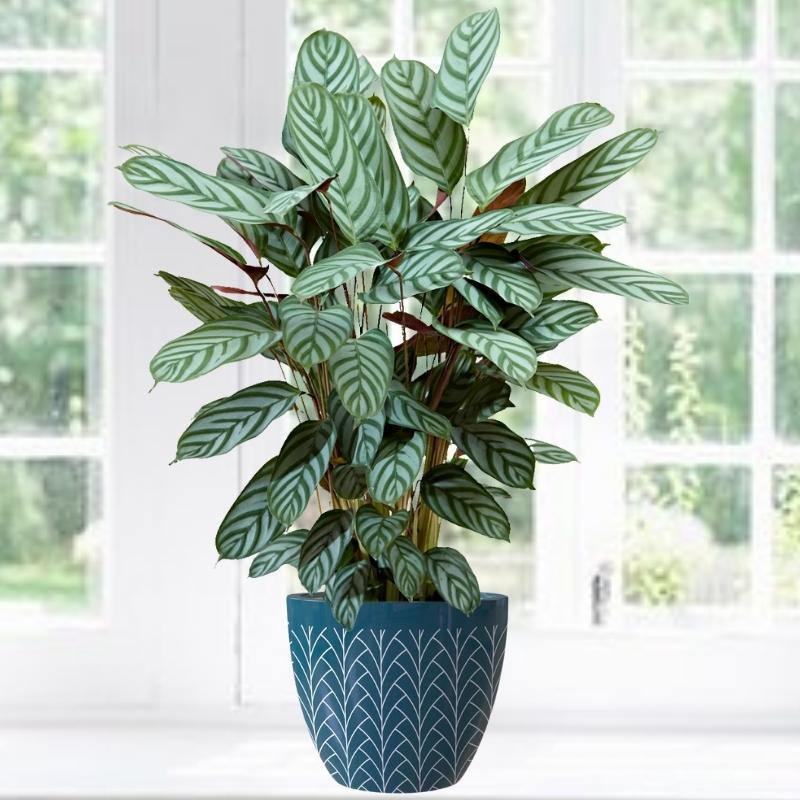
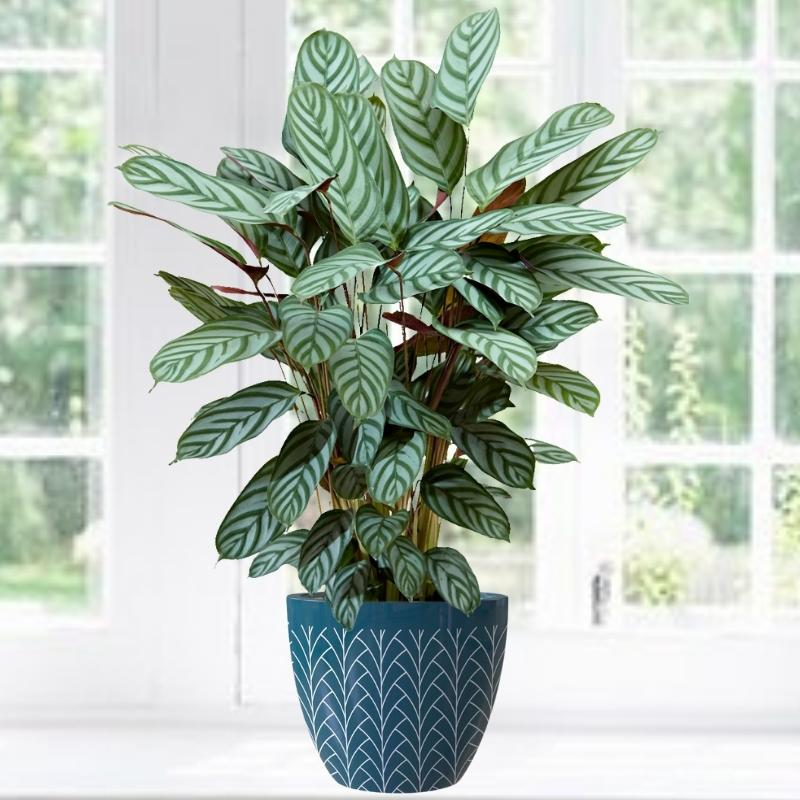
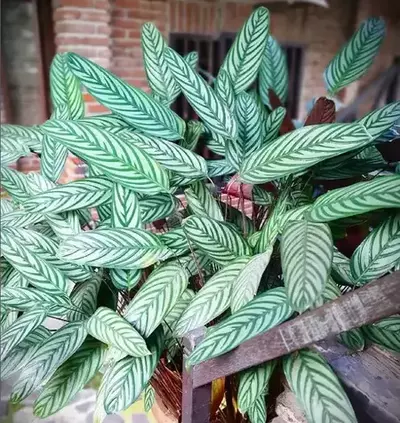

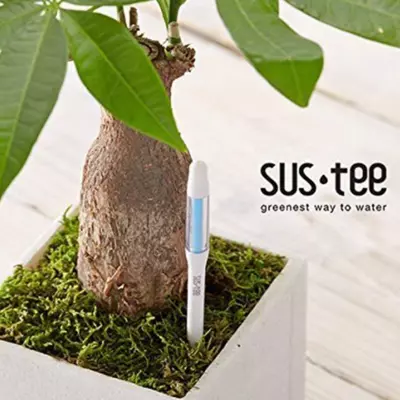
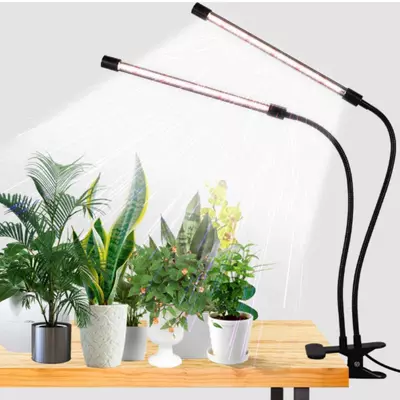
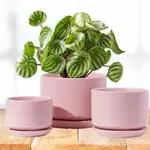
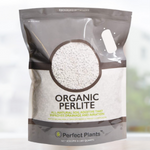
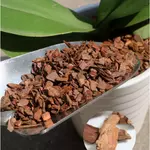

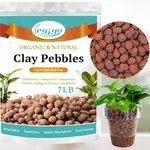

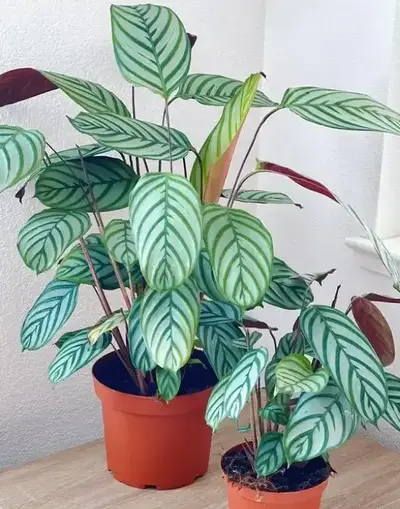
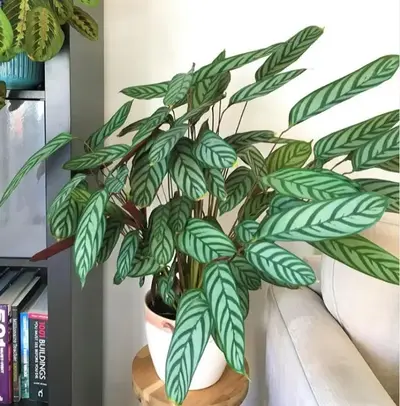

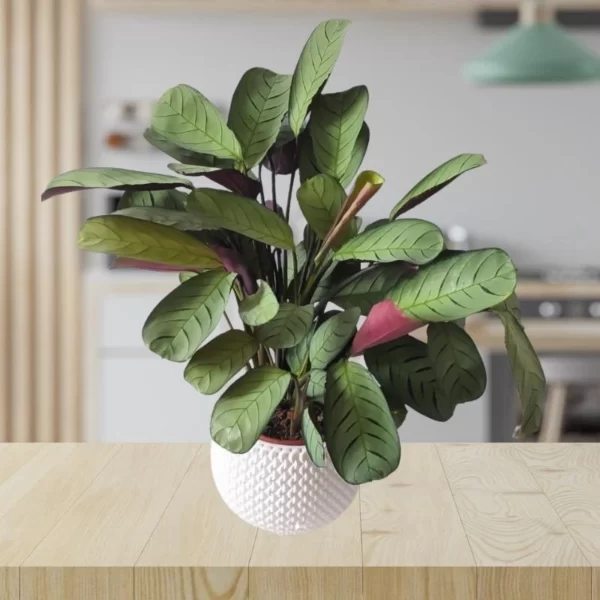
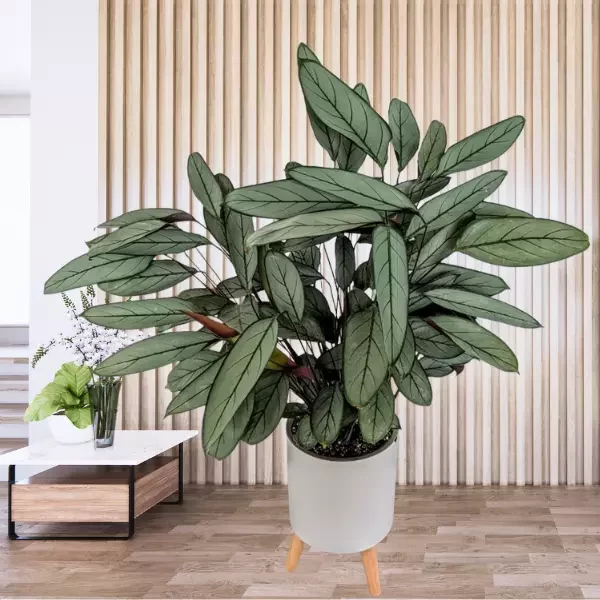
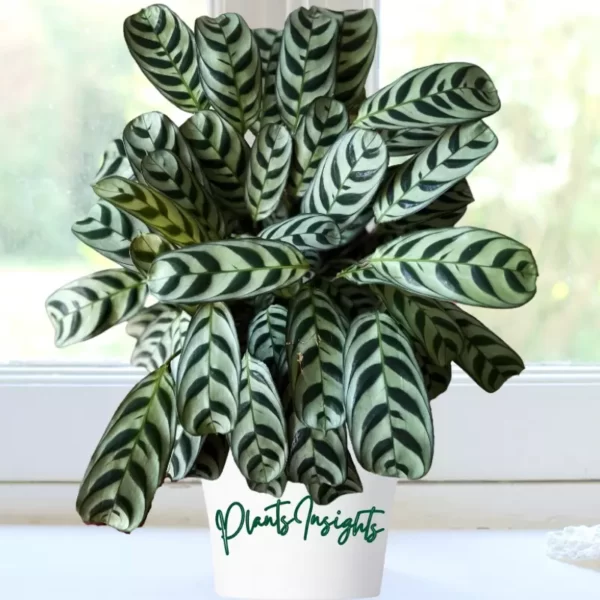

Howdy! This post could not be written any better! Reading through this post reminds me of my good old room mate! He always kept talking about this. I will forward this article to him. Fairly certain he will have a good read. Many thanks for sharing!